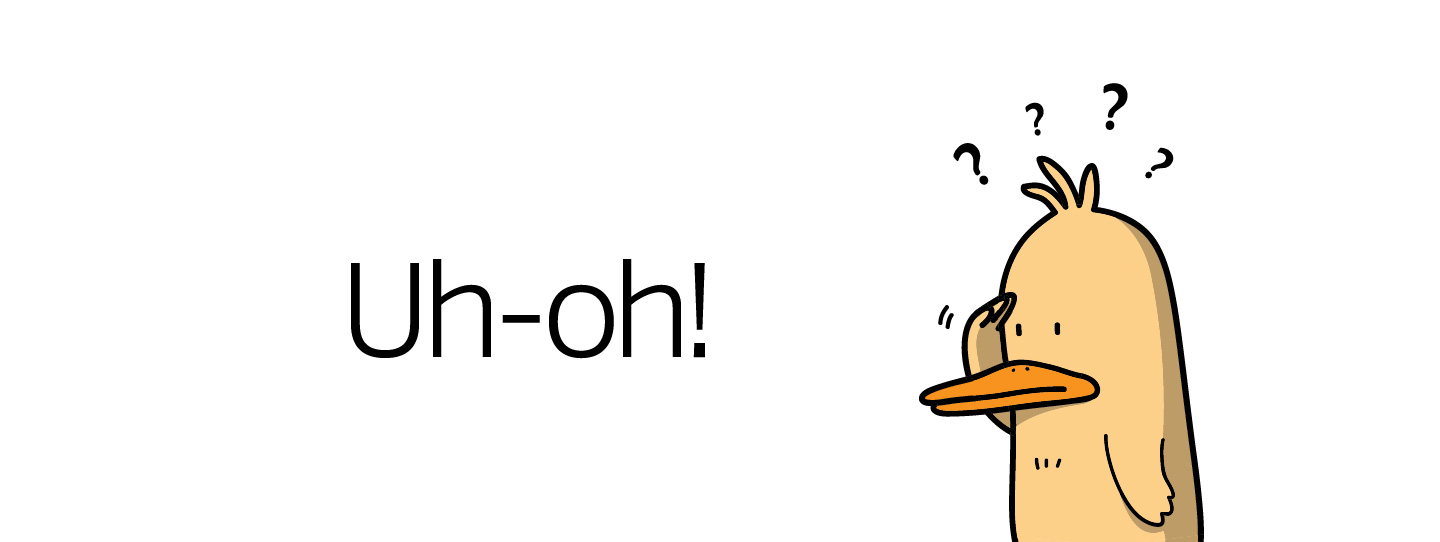Clinical Tools & Guidelines
Clinical Practice Guidelines
- Call for Letters of Interest
- Axial Spondyloarthritis
- Glucocorticoid-Induced Osteoporosis
- Gout
- Integrative RA Treatment
- Interstitial Lung Disease
- Juvenile Idiopathic Arthritis
- Lupus
- Lyme Disease
- Optimal Timing of Total Hip and Knee Arthroplasty
- Osteoarthritis
- Perioperative Management
- Polymyalgia Rheumatica
- Psoriatic Arthritis
- Reproductive Health in Rheumatic Diseases
- Rheumatoid Arthritis
- Vaccinations
- Vasculitis

Sorry, the page you're looking for can't be found.
Please try the main menu or search to find what you need.
We use cookies on our website to improve our service to you and for security purposes. By continuing to use our site without changing your browser cookie settings, you agree to our cookie policy and the use of cookies. See ACR Policies